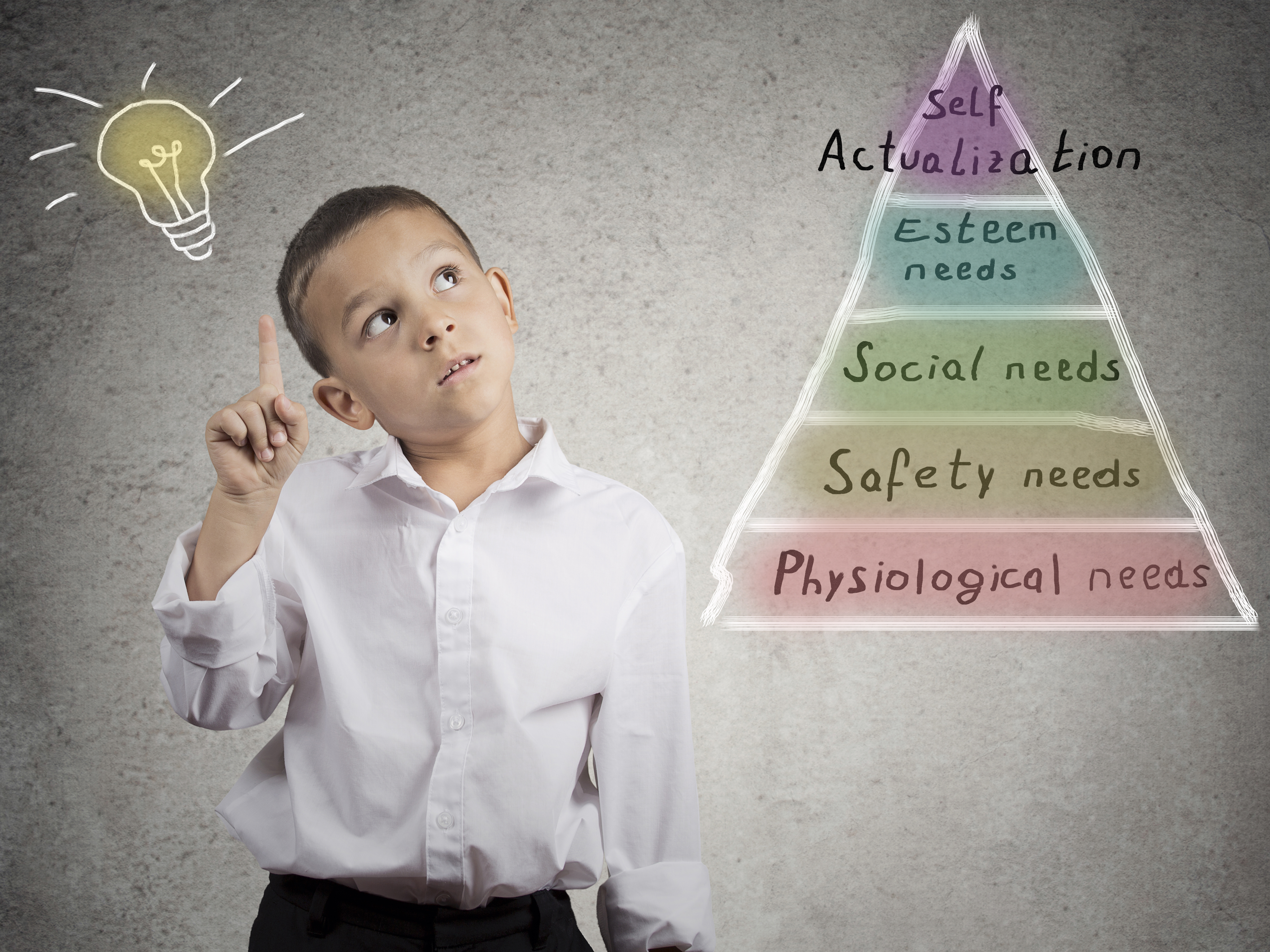Abraham Maslow's ‘hierarchy of needs’ is a proven framework that many think is the driving force behind understanding human behaviour itself. Beyond that, it also lays the foundations for achieving ‘self-actualisation,’ or a time when a person reaches their full potential.
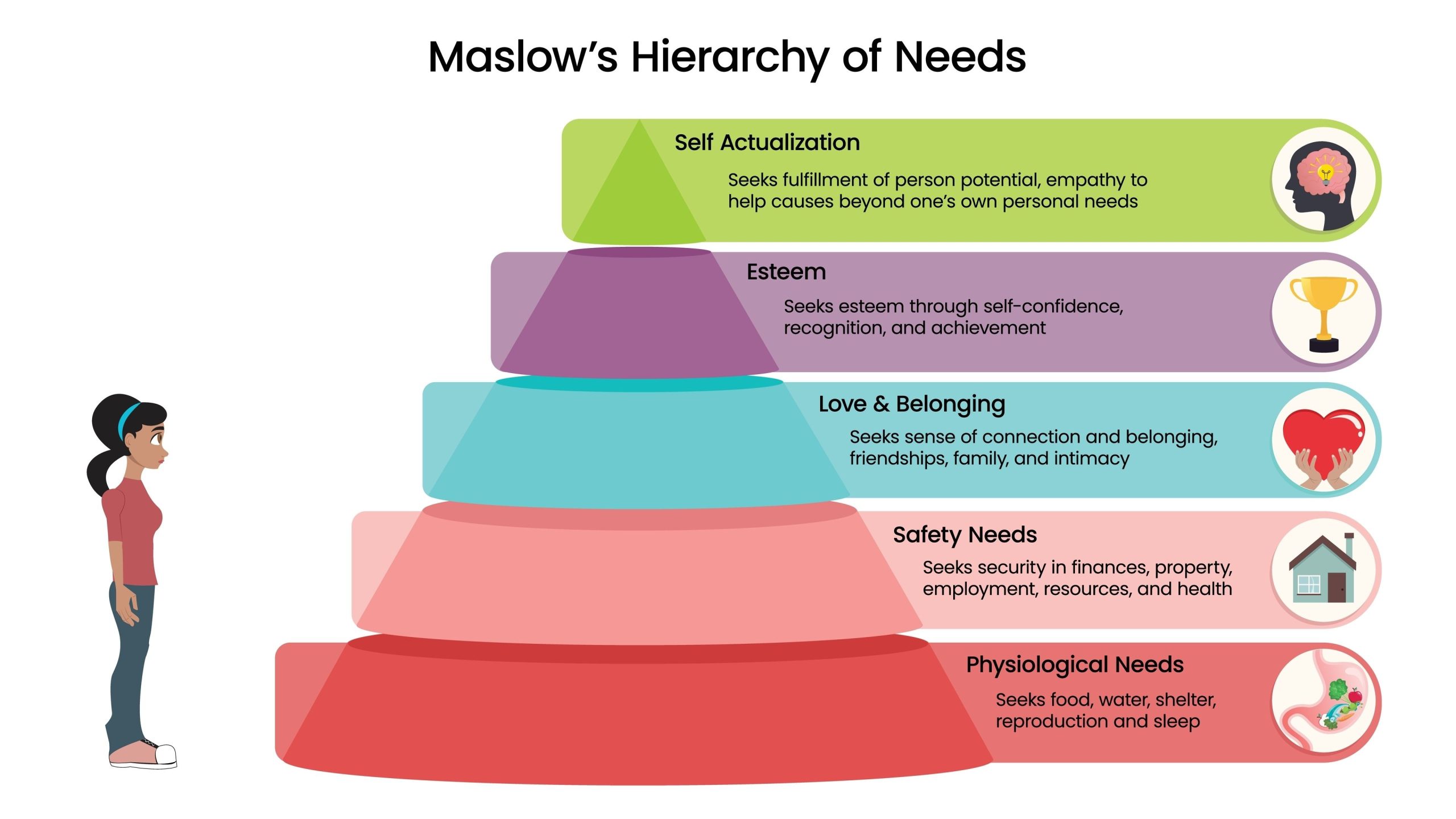
As you read this article, think about your current teaching style and your school's rules, guidelines and expectations. Do they help meet the different needs of your students as described in Maslow’s Hierarchy of Needs? We're here to show you this isn't just a theory, it's a powerful tool you can use in your classroom. We'll share ideas for using Maslow's Hierarchy in schools and practical tips for making a positive impact on students. This is about creating a new wave of learners who know and can be their best selves.
Understanding the Framework: The Five Levels of Maslow's Hierarchy
Before discussing how Maslow's Hierarchy can be used as an educational tool, let's look at its five levels:
- Physiological Needs: basic life necessities like food, water, and shelter.
- Safety Needs: your sense of security and stability, both physical and emotional.
- Belongingness and Love Needs: interpersonal relationships, social networks, and community.
- Esteem Needs: recognition, status, and respect from others.
- Self-Actualisation: reaching your full potential.
In Maslow's Hierarchy, each stage builds upon the last, serving as stepping stones towards self-actualisation. In the education sector, an understanding of this framework isn't just informative; it's critical for creating an environment that encourages learning and development. As educators, we can create a more balanced and effective learning environment by ensuring students' needs are met. From offering a safe space for children to ensuring recognition and respect are part of the classroom culture, each stage complements the other. Given the importance of these layers, exploring them in the context of educational policies and curricula is often helpful on a whole-school level.
Creating a Physiological Safe Space: Nutrition and Environment
The primary physiological needs of students are often overlooked in the quest for academic excellence - a shortsighted error. Good nutrition and a supportive environment are key to helping students focus and learn. Countless research underscores the impact of malnourishment on cognitive function, limiting a student's capacity to fully engage with educational material. It’s important, therefore, that you adopt systems to ensure hungry children get fed, and neglected children feel safe.

Safety Needs: Emotional and Physical Well-being
Students will feel ready to learn in a safe, supportive environment. It’s so important that educators understand the ongoing well-being and mental welfare benefits of their students' safety needs being met. This involves not only planning a flexible and appropriate range of activities across the day but also providing an environment that makes students feel supported and eager to contribute and learn. Establishing an effective anti-bullying policy, for example, is a good place to start. Other support systems are equally as important and extend to things like safeguarding, raising awareness of online safety, catering for special needs, etc. By establishing thorough and robust safety systems, educators can provide a holistic educational experience that prepares students not just for their exams, but for life and work ahead!
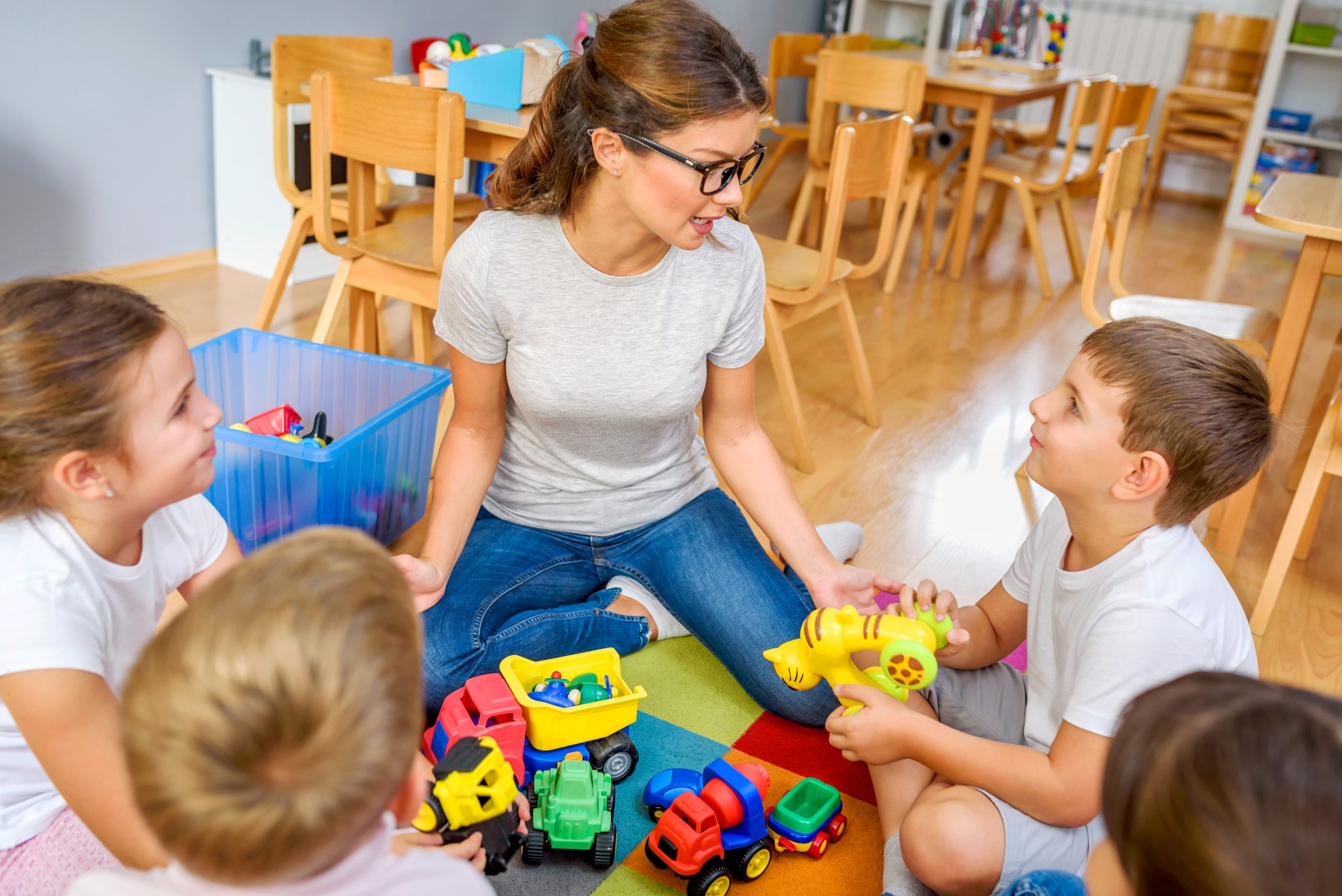
The Importance of Belonging: Community and Peer Interactions
Creating a classroom culture and environment where students feel like they belong is important. Pupils need to feel like they are learning alongside others who have a similar purpose to theirs and that they are part of a bigger, successful education community. Getting this right is vital as it encourages students to approach learning and education with appropriate enthusiasm and excitement. So much more can be learned if a student ‘opens up’ to those around them. As students chat through ideas with their friends, find solutions to questions and address some of the challenges they are tasked with by their teacher, they develop a shared sense of belonging. Fostering a collaborative classroom culture can lead to an environment where students feel comfortable and able to share their thoughts and ideas, knowing they will be respected and heard. This is particularly beneficial for children who are naturally quieter or less likely to contribute.
Achieving this dynamic often requires a dramatic change to how educators approach teaching and education. From lesson planning to the structure of the school day, it's about creating environments where each student is seen, heard, and feels valued.
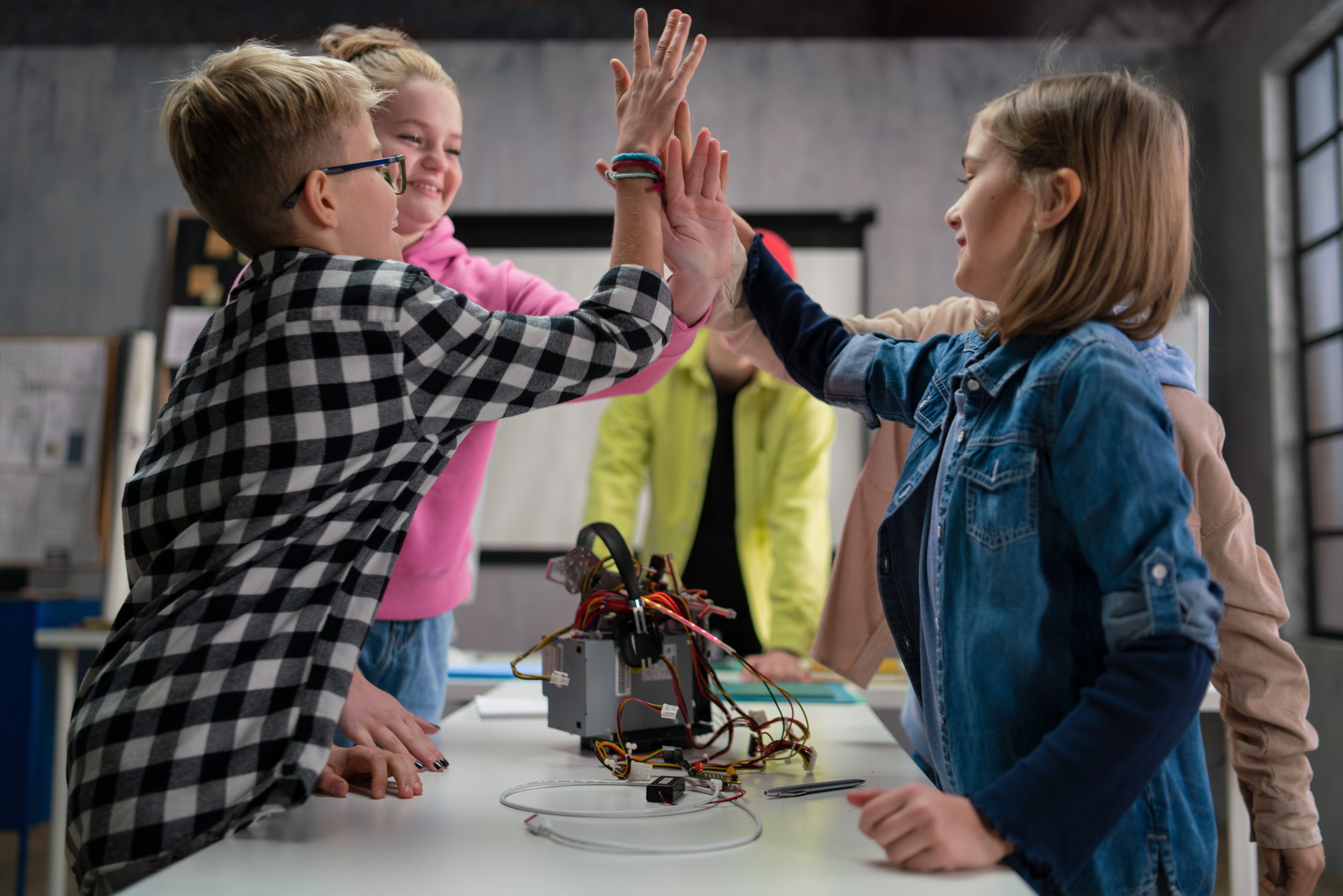
Esteem Needs: Celebrating Achievements and Encouraging Growth
Particularly in large schools or busy classrooms, a student’s achievements can be overlooked. But genuine recognition of personal achievements (however small they might seem) doesn't merely reward a student; it re-energises their enthusiasm for learning. By boosting a student’s confidence, educators can inspire their students to do even better, as a higher level of commitment leads to greater academic accomplishment. Recognition can take many forms. Whether it is a small badge, prize, cup or certificate, it really doesn’t matter. The goal is to make students feel seen and acknowledged for their efforts. It can also be effective to encourage student-led initiatives and leadership opportunities in the classroom. This helps with skills development and adds to their sense of personal achievement and self-esteem.
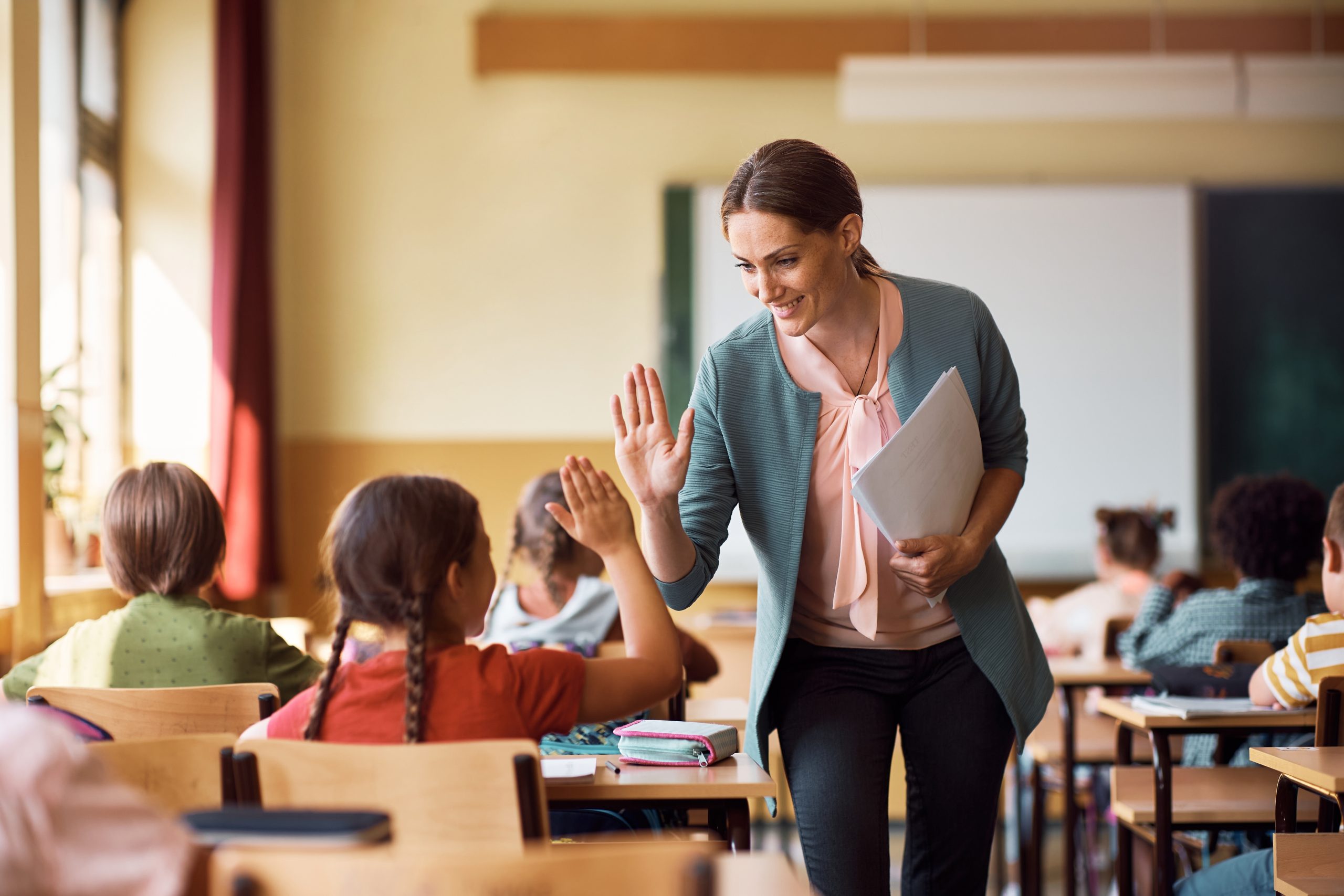
Achieving Self-Actualisation: The Role of Personalised Learning
Reaching a state of ‘self-actualisation’ is a personal journey that can take many different pathways. Teachers can help by creating tailored, dynamic learning experiences that align closely with a student’s individual strengths, aspirations, and intellectual curiosities. This naturally comes from knowing a student and understanding what motivates them. In some cases, teachers might also encourage students to get actively involved in directing their own learning journey. By doing this, students can take charge of their own destiny, promoting a deeper motivation to ‘learn’ and to give their all.

Conclusion: The Journey Towards Self-Actualised Learners
Implementing Maslow's Hierarchy of Needs into educational systems is no small feat, but the rewards are significant. Done well, it can have a lasting impact on a student’s personal academic achievements and sense of well-being. So, the question is, how well does your current learning environment and range of activities cater for the holistic needs of your students? And what steps can you take to improve the experiences that you offer?
Recommended Reading & Resources
- Toward a Psychology of Being by Abraham Maslow. This text explores the complexities of human potential and the pursuit of self-actualisation.
- How Children Succeed: Grit, Curiosity, and the Hidden Power of Character by Paul Tough. A study into skills that contribute to a child's educational success.
- Mindset: The New Psychology of Success by Carol Dweck. The 'fixed' versus 'growth' mindset in achievement and learning.
- Drive: The Surprising Truth About What Motivates Us by Daniel H. Pink. What motivates individuals, including the role of autonomy, mastery, and purpose.
- Educated: A Memoir by Tara Westover. A personal account of the power of education in the face of family and society obstacles.
- The Element: How Finding Your Passion Changes Everything by Sir Ken Robinson. A case for the benefits of personalised learning paths.
- Creative Schools: The Grassroots Revolution That’s Transforming Education by Ken Robinson and Lou Aronica. A handbook for teachers interested in using creativity in the classroom.
- Visible Learning for Teachers by John Hattie. Effective teaching methods that focus on student outcomes.
- The Art of Happiness in a Troubled World by Dalai Lama. Insights on well-being in emotional and social learning.
- Pedagogy of the Oppressed by Paulo Freire. A critical view on traditional methods and educational practices.

